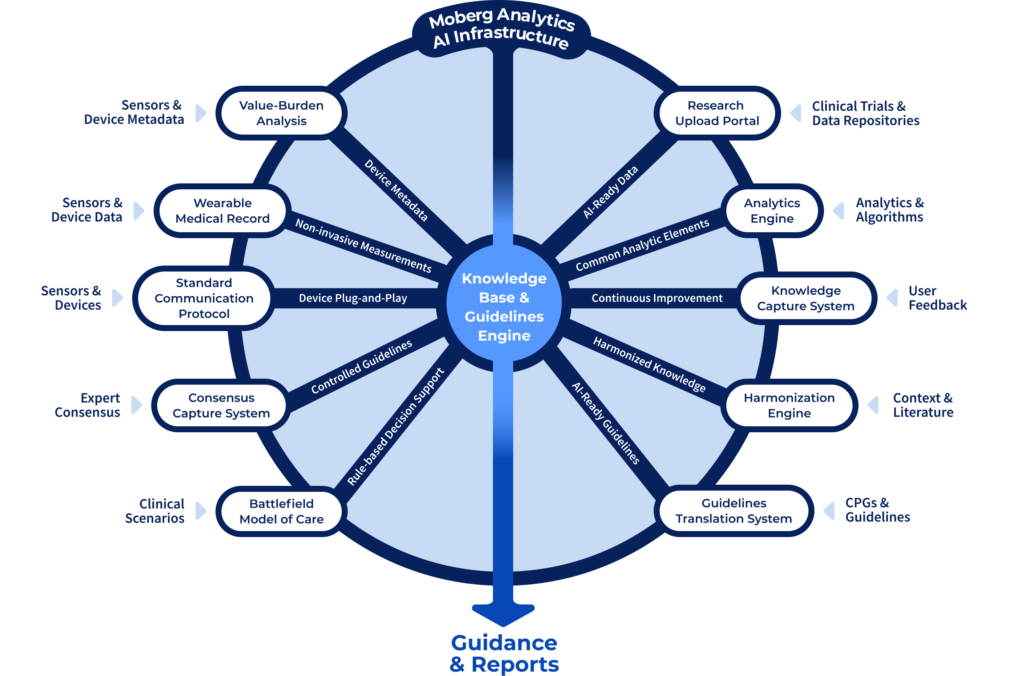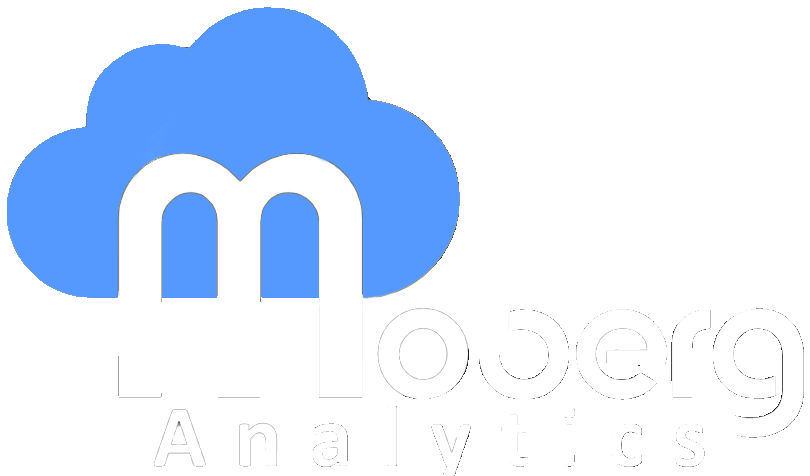GOVERNMENT PROJECTS
TBI IN COMBAT
BRINGING AI TO THE BATTLEFIELD FOR PRECISION MANAGEMENT.
THE PROBLEM
The future of large-scale combat

Over the next few years, significant changes in traumatic brain injury (TBI) management will be required to make it compatible with the future vision of combat casualty care. In Afghanistan, rapid evacuation to a field hospital proved effective. However, future combat scenarios will be much different. They will encompass multiple domains: air, land, sea, and space. Operations will be quick and mobile. There will be no time to build a large field hospital and, in many cases, evacuation to higher levels of care may be delayed. Furthermore, the number of casualties in the expected large-scale combat operations (LSCO) will be overwhelming. Just triaging suspected TBI will be impossible given the time it takes with current methods. A new approach is needed.
THE VISION
AI in combat casualty care

Due to the expected high incidence of TBI, future LSCOs will require systems that leverage AI to alleviate the cognitive load of decision making and triage from warfighters. In this way, AI systems will play a key role in reducing the human task burden, allowing for faster, better decision-making. However, converting the diverse physiological, observational, and contextual data into a format that AI and advanced analytics can use can be challenging.
THE SOLUTION
The Moberg AI Ecosystem.

The Moberg Analytics AI Infrastructure is based on decades of experience in medical device connectivity, multimodal neuromonitoring, cloud computing, AI and machine learning. It is the most comprehensive set of data and information management tools focused on casualty care in resource-limited environments. Modules are being developed for data harmonization, creation of common analytic elements, guideline consensus capture and translation, and the creation of common data representations for medications, devices, measurements, observations, scientific knowledge, and the context of care. Once all the data is “AI-ready,” algorithms can translate the data to management guidance.
